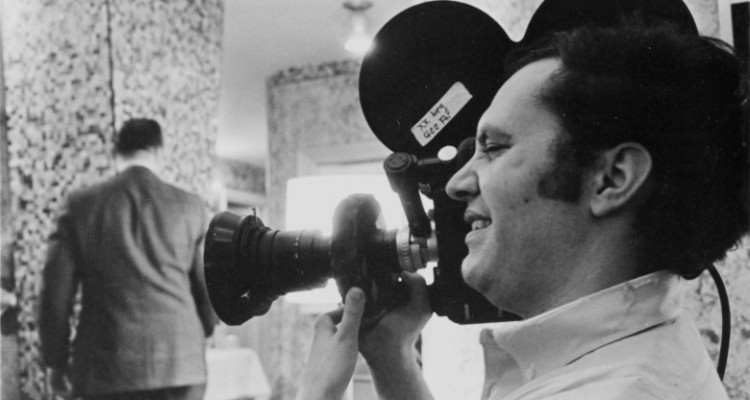As the legendary Chicago documentary company behind “Hoop Dreams” gets ready to celebrate their 50th Anniversary, IndieWire looks back to the camera invention that got them started.
The “direct cinema” and “cinéma vérité” movement pioneered by non-fiction filmmakers like Robert Drew and the Maysles was in part fueled by advances in camera technology. Similar to how the digital technology has forever altered our current documentary landscape, in the 1950’s and 1960’s, the big advancement was faster film stock (which needed less light for exposure) and portable 16mm cameras with a crystal sync — which allowed sound to be recorded independently and later synchronized in post-production. That gave tremendous freedom to filmmakers to follow subjects and capture everyday life.
The intimacy and fluidity of these films that spawned from the new equipment inspired three aspiring documentarians from University of Chicago: Stan Karter, Jerry Temaner, and Gordon Quinn, who founded Kartemquin Films (the company’s name came from a combination of letters from their last names). The three recent graduates were anxious to follow in the footsteps of their new filmmaking heroes, but they didn’t have the $20,000 to buy their own gear.
Instead, they created a Frankenstein-like combination of elements to build their own camera rig. The team purchased an Auricon Conversion 16mm camera, a used manual zoom lens from documentary giant Albert Maysles, and a World War II gunner handle from a pawn shop. However, the real invention that made the whole setup possible came from a physicist friend, Danny Auerbach, who built them a unique custom modified crystal-sync sound setup.
This camera, lens, and crystal-sync sound setup with a portable battery pack, were used to film the first Kartemquin documentaries — including “Home for Life” (1966), “Inquiring Nuns” (1968) and “Marco” (1970). The called it Camera #1.
The Kartemquin team has evolved and grown over the last 50 years, as have the technological tools, but the mission of those first Camera #1-shot films to promote understanding and community were the bedrock that the company would build upon for the next five decades. Their first film, “Home for Life,” would also catch the eye of another young Chicagoan, Roger Ebert, who 27 years later from his perch as the most powerful critic in country would launch Kartemquin into public spotlight by championing their “Hoop Dreams” to national attention that few non-fiction films have ever reached before or since.
To learn more about Camera#1, watch this short by Gordon Quinn.


Leave a Reply